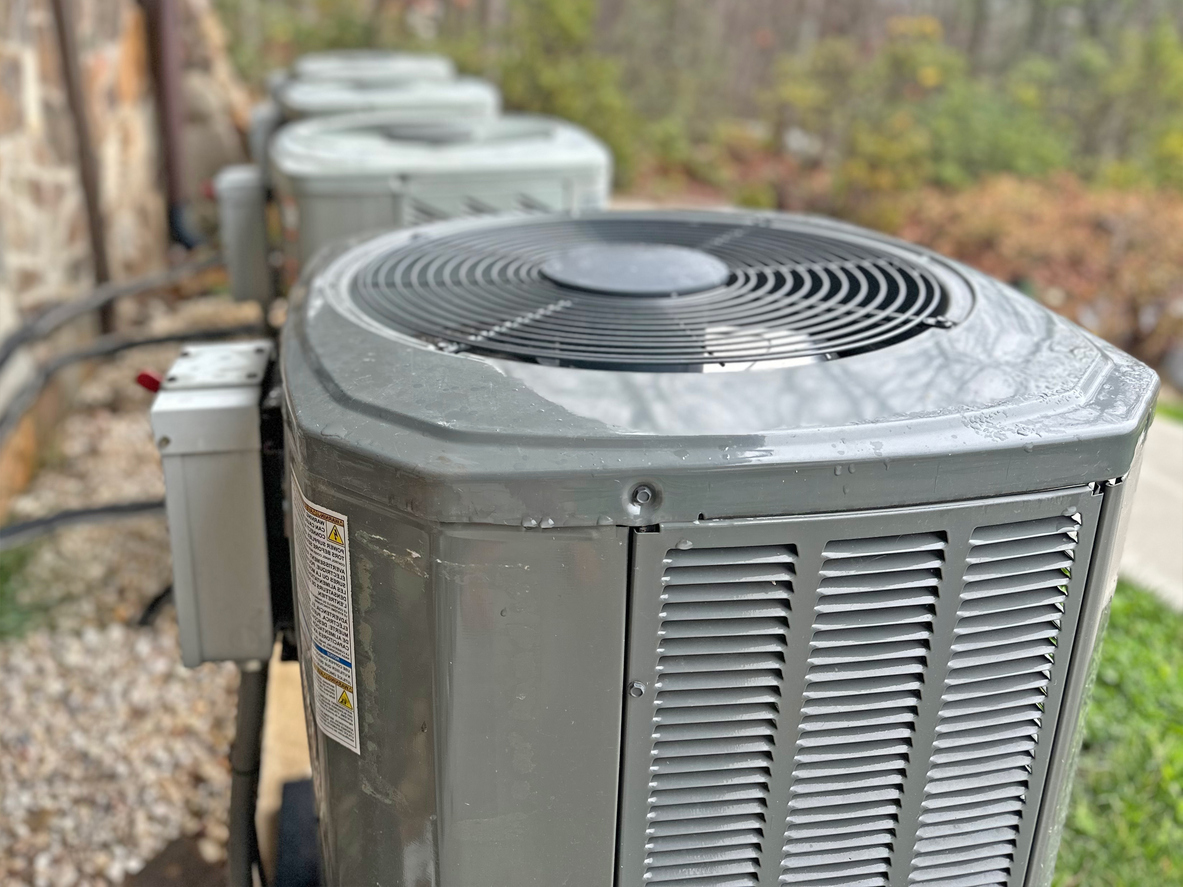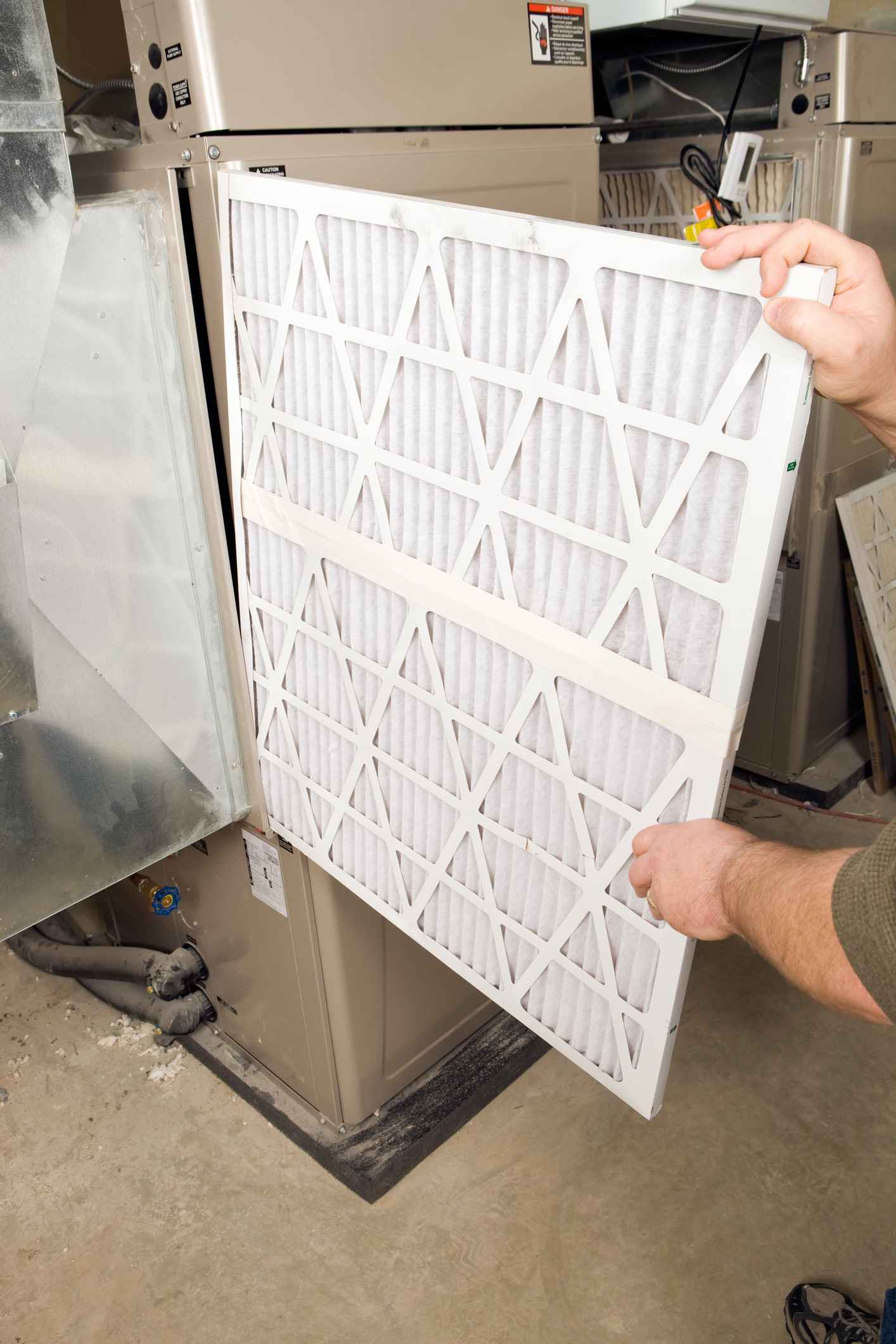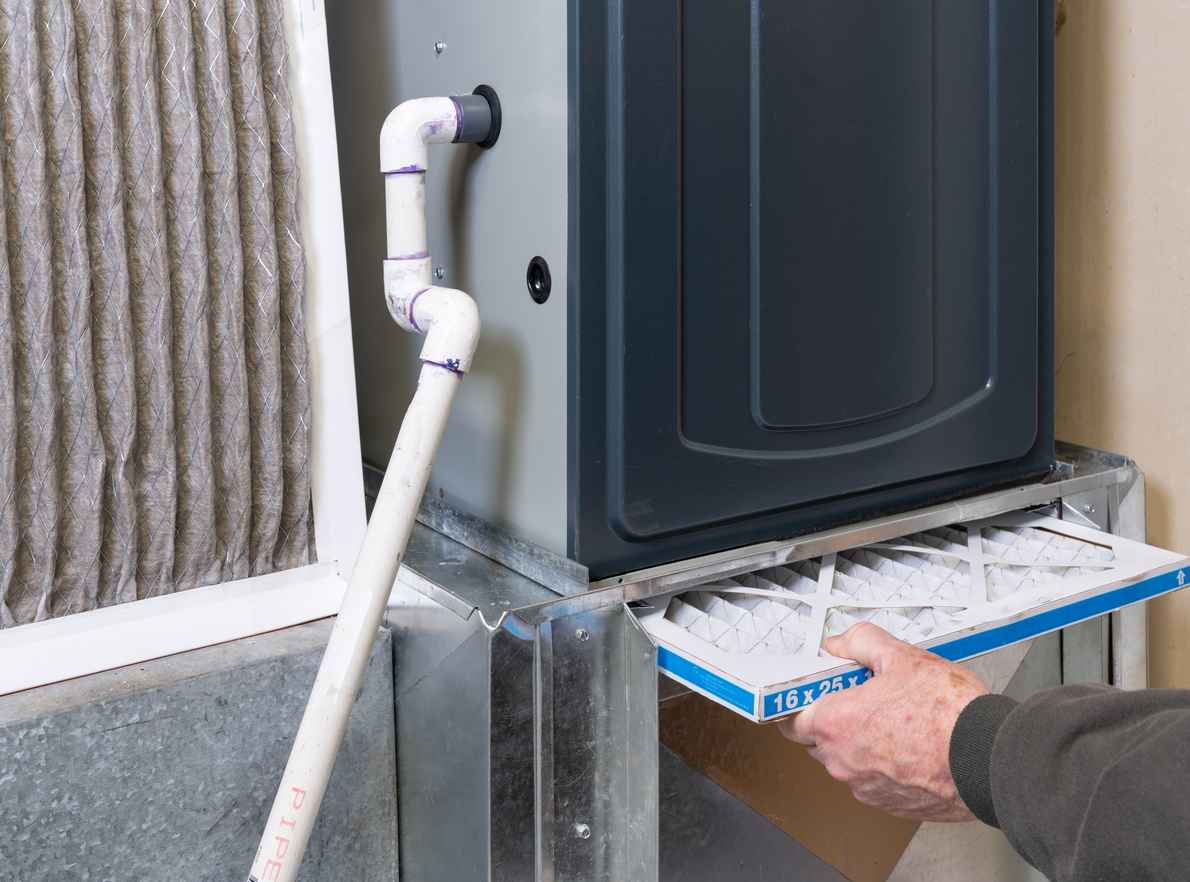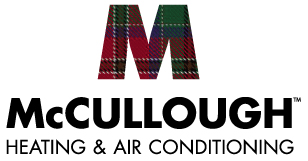4.8 Google Rating

Spring HVAC Maintenance Checklist for Austin Homeowners
As temperatures start to climb, spring is the ideal time to prepare your HVAC system for Austin’s hot summer months. Proper maintenance can enhance your system’s performance, improve energy efficiency, and help you avoid unexpected repairs. This spring HVAC checklist provides essential steps you can take to ensure your air conditioning system is ready to keep your home comfortable as the heat sets in.
1. Change Your Air Filter
Changing the air filter is one of the simplest yet most crucial steps in HVAC maintenance. Over time, filters accumulate dust, dirt, and allergens, which restrict airflow and force your system to work harder, ultimately reducing its efficiency.
Replace the air filter every 1-3 months, depending on your household’s needs. If you have pets or allergies, consider changing it monthly to improve indoor air quality. A clean filter ensures better airflow and can extend the lifespan of your HVAC system while helping to keep energy costs down.
2. Inspect the Outdoor Unit for Debris
Your outdoor condenser unit is exposed to the elements year-round, which means leaves, grass clippings, and other debris can accumulate around it. This buildup can obstruct airflow and cause the system to overheat, reducing efficiency and potentially damaging components.
Start by clearing away any leaves, branches, or dirt around the outdoor unit. Trim back any plants or shrubs at least two feet from the unit to allow adequate airflow. Once cleared, inspect the fins on the condenser coils. If they’re bent, you can carefully straighten them with a fin comb, available at most hardware stores. Ensuring the outdoor unit is clean and unobstructed improves cooling performance and efficiency.
3. Clean the Evaporator and Condenser Coils
Dirty coils can reduce your HVAC system’s efficiency and lead to higher energy bills. Both the evaporator coil (inside) and condenser coil (outside) play essential roles in transferring heat and keeping your home cool.
For the condenser coil, a gentle rinse with a garden hose can remove accumulated dirt and dust. Avoid using a pressure washer, as high-pressure water can damage the fins. For the evaporator coil, located near the blower inside your home, you may need a coil cleaner spray. Turn off the power to the unit, apply the cleaner, and follow the manufacturer’s instructions. Cleaning the coils helps your system operate more efficiently, keeping your home cool while using less energy.
4. Clear and Clean the Condensate Drain Line
The condensate drain line removes excess moisture generated by your air conditioner. Over time, algae and debris can build up in the drain line, causing clogs. A blocked condensate line can lead to water leaks and potential damage to your system.
Locate the drain line (usually a PVC pipe near the indoor unit) and flush it with a mixture of water and vinegar to dissolve any buildup. Regularly clearing the condensate drain line prevents clogs, reduces the risk of water damage, and helps maintain indoor air quality by preventing mold growth in the system.
5. Test the Thermostat Settings
Your thermostat is a critical component of your HVAC system, controlling your home’s temperature and overall comfort. Ensure that the thermostat is set to “cool” mode and adjust the temperature to a comfortable level. If you’re still using a traditional thermostat, consider upgrading to a programmable or smart thermostat, which allows you to set customized temperature schedules that align with your routine.
Smart thermostats provide precise control, allowing you to save energy by automatically adjusting the temperature based on whether you’re home or away. This can lead to significant savings during Austin’s hot summer months, making your home both energy-efficient and comfortable.
6. Check for Air Leaks in Ductwork
Leaky ductwork can cause up to 30% of the air moving through your system to escape, leading to higher energy bills and uneven cooling throughout your home. Checking for and sealing leaks in the ductwork can improve airflow and reduce energy loss.
Look for visible gaps or loose connections in accessible sections of your ductwork, especially in the attic or basement. Small leaks can be sealed with mastic sealant or HVAC-specific duct tape. For larger repairs or hard-to-reach areas, consider hiring a professional to conduct a thorough inspection and duct sealing. Properly sealed ductwork ensures that cooled air reaches every room efficiently, maximizing comfort and reducing energy waste.
7. Lubricate Moving Parts
Your HVAC system contains several components that move frequently, such as fan motors and blower bearings. Over time, these parts can wear down without proper lubrication, leading to noise, friction, and potentially higher energy consumption.
If your system’s motor or bearings require lubrication, apply a non-detergent motor oil to keep them running smoothly. Some modern systems have sealed parts that don’t require lubrication, so check your system’s specifications or consult a professional if you’re unsure. Keeping moving parts lubricated helps reduce friction, prolongs component life, and ensures efficient operation.
8. Monitor Energy Bills for Efficiency
Tracking your energy bills can provide insights into your HVAC system’s performance. If you notice a sudden spike in energy usage without a change in your cooling habits, it may indicate that your system isn’t running as efficiently as it should.
Regular maintenance tasks like filter changes and coil cleaning help maintain energy efficiency, but if high energy bills persist, it may be time for a professional inspection. An HVAC technician can identify any underlying issues, such as a failing component or airflow problems, and recommend solutions to improve efficiency and reduce costs.
9. Schedule a Professional Tune-Up
While DIY maintenance is essential, scheduling a professional tune-up at least once a year ensures your system is thoroughly inspected, cleaned, and adjusted for optimal performance. An HVAC technician will perform tasks like checking refrigerant levels, testing for leaks, and inspecting electrical connections, ensuring your system is ready for the season.
During a tune-up, the technician can also identify potential issues before they become costly repairs, helping you avoid unexpected breakdowns during the hottest days of the year. Professional maintenance provides peace of mind that your HVAC system is in top shape for the demands of Austin’s summer heat.
Conclusion: Prepare Your HVAC System for Spring and Summer with McCullough Heating & Air Conditioning
Completing these spring maintenance tasks helps ensure that your HVAC system is running efficiently and ready to handle Austin’s high temperatures. Routine care keeps energy costs manageable, extends your system’s lifespan, and reduces the likelihood of repairs. McCullough Heating & Air Conditioning offers comprehensive maintenance services to help Austin homeowners keep their systems in optimal condition. Contact us today to schedule your spring tune-up and enjoy a comfortable, cool home all season long.
Recent News

Holiday Indoor Air Quality Tips for Austin Homes: Keep Your Air Clean While Hosting Guests

December HVAC Checklist: How Austin Homeowners Can Stay Warm During Sudden Cold Snaps

The Hidden Costs of Ignoring HVAC Duct Leaks in Austin’s Humid Climate

What Makes McCullough Heating & Air Conditioning the Right Choice for Austin Heating Needs

Why Texas Homeowners Are Upgrading to Heat Pumps in 2026: Efficiency & Tax Credit Insights

Is Your Furnace Ready for a Central Texas Winter? Austin Homeowners Should Check This First


